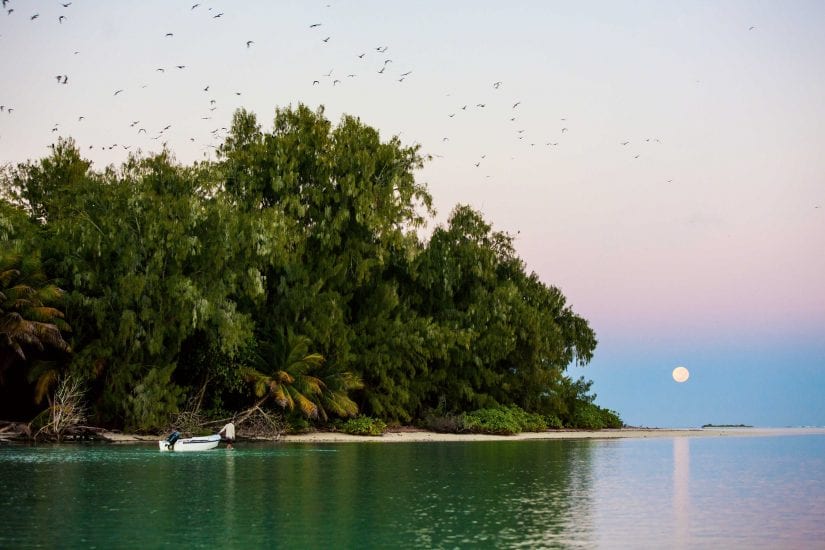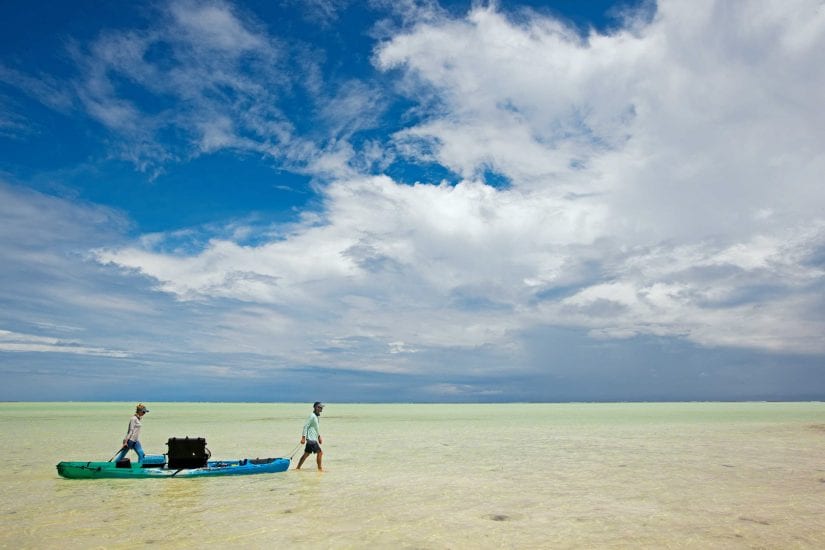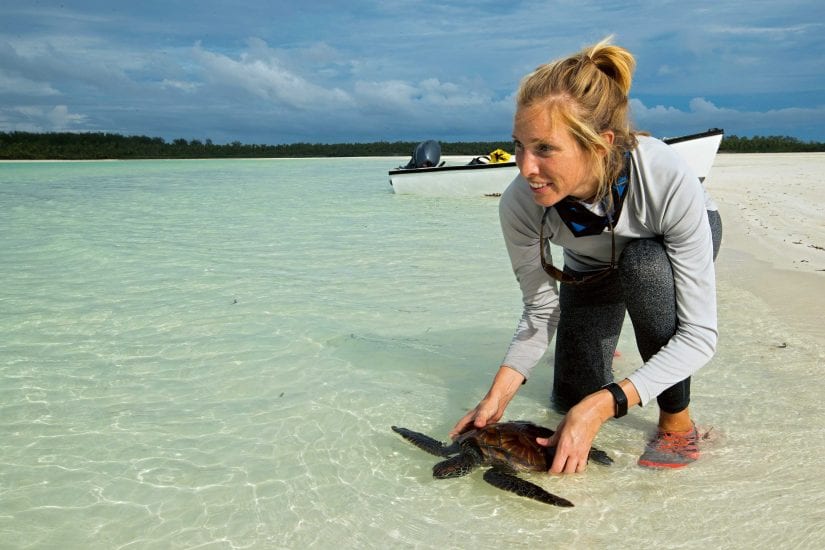The Nature of Science
How we choose to see the sea has profound consequences for the way we will protect it. While statistics and mathematical models give us vital projections of the state of our oceans, there is a case for knowing the oceans in all the intricacy and familiarity of the natural history tradition. Lauren De Vos talks to conservationists about getting to know the ocean on its own terms.
Photo by Michael Scholl
On 12 March 1940, the purse-seiner Western Flyer sailed for the Gulf of California. With shiny engines and a lick of green paint, the Flyer was taking her crew to document marine life in the Sea of Cortez. Together with self-taught biologist Ed Ricketts, the Nobel Prize-winning novelist John Steinbeck was behind the expedition and in The Log from the Sea of Cortez he gives an account of their six-week voyage. He details their foray into the natural history of the sea, seeking a connection to the ocean that conjured the curiosity of Darwin and the sense of adventure of Alexander von Humboldt.
The expedition this unlikely duo embarked upon was underpinned by three important pillars: immersion, observation and connection. Steinbeck states quite clearly that he wishes to watch and record, ignoring scientific ‘strictures’, and in doing so he evokes an image of a natural historian that is familiar, if a little antiquated. A lone figure wading through a stream, noting the birds in the trees that line its banks. Another striding the shorelines, bending to root around in a rock pool or tilting the head skyward to observe a gull wheeling above. Tidy boxes of specimens, labelled in a neat hand, and carefully pinned insect collections. In any image there is a common thread: attention to the details of life on earth. Some time before the filters of statistics and society colour our observations, there is clarity that stems from curiosity. Conservation biologist Thomas Fleischner writes of the value in this: ‘Natural history helps us see the world, and thus ourselves, more accurately. Moreover, it encourages and inspires better stewardship of the Earth.’
‘I see it very much as in the Aristotelian approach to science. It’s a case of “look at the evidence and take it from there”, rather than conjuring up wild ideas and trying to impose them on what you see,’ explains Colin Attwood, an associate professor of marine biology at the University of Cape Town. The definition of natural history research is broad, he says. Simply put, it’s the study of animals and plants in their environment, with the emphasis on observation rather than testing hypotheses. ‘It’s much wider than just taxonomy. It really is about the life of the animals and the plants. It’s providing the details of their existence.’
It’s in those details that a mind like Colin’s revels. His office shelves are filled with well-thumbed books with titles like Sharks of the World, while a skyline of student reports rises from his desk like a haphazardly built paper city. The unmistakable scent of ethanol seeps from countless jars preserving everything from the ear bones of fish to the ghostly remains of gobies and spiny dogfish.
There is, however, a problem. There’s a good chance that our idea of the biologist as someone immersed for years in the wilderness deciphering an ecological puzzle will be replaced by the image of a deskbound scientist. Reed Noss sounded the alarm in ‘The naturalists are dying off’, his 1996 editorial for Conservation Biology. He was concerned that natural history had been sidelined. ‘Scientific abstractions and fancy technologies are no substitutes for the wisdom that springs from knowing the world and its creatures in intimate, loving detail,’ laments Noss. His views are echoed across editorials and discussion pieces in the scientific literature that detail the loss of funding – and favour – for natural history, where university field trips are increasingly scant and a natural history focus is considered ‘a relict discipline, a holdover from the era of Victorian cabinets and private butterfly collections’.




